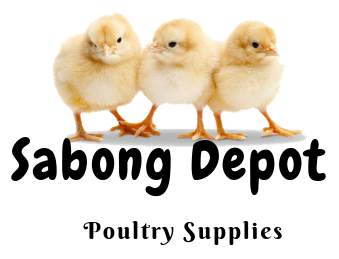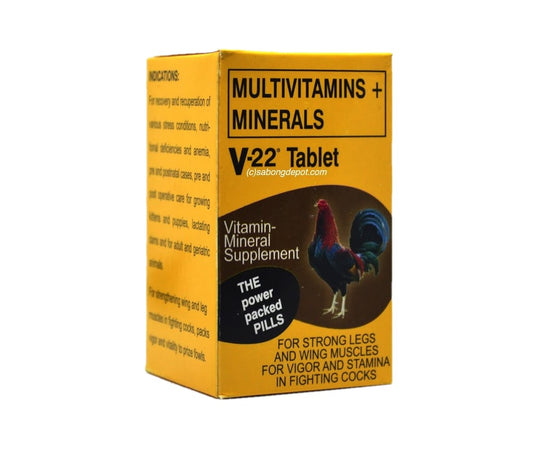Calcium is a crucial part of the bone structure, and growing chicks require it for optimal growth and maintenance of their bones, beak, and nails. Without adequate calcium, bones may not develop with the correct size and density, resulting in stunted growth and other related problems. Therefore, growers need to ensure that their system has the appropriate amount of calcium.
Signs of calcium-related problems in chicks include a lame walk with a stiff-legged gait, retardation of growth, and enlargement of the hock joints. These signs can manifest as early as a month of age.
In the mid-2000s, there were cases around the country, including in the Philippines, of chicks experiencing the above symptoms. The common factor among those farms, including ours, that experienced such problems was the feed. It was hypothesized that the feed had an imbalance of calcium and phosphorus. After several years, there were no more reports of such cases, presumably because the feed company corrected the imbalance. We highly recommend using proven feeds available in your locality, and please refrain from using broiler feeds, which don't have the right formulation for growing chicks.
Calcium is also vital for breeders, as hens need it for their eggs. A 650 mg of calcium lactate is needed for every egg, and hens store calcium in their legs for the upcoming laying. However, the amount they store will depend on how much you've given them. Therefore, it's crucial to give them plenty of calcium when preparing them for the breeding season and the breeding activity itself. Lack of calcium in hens can result in easily broken eggs, and if there's not enough, there may not be a shell at all. So, for every egg they lay, give them 650 mg of calcium lactate.
Even if you're using old brood fowls, it's advisable to supplement them with calcium, as bones become less dense over time.
Calcium is also essential for gamecocks, as it's necessary to help the muscles contract and expand. Lesser contraction and expansion of muscles will result in less power. Calcium is also used as a buffer for the lactic acid in the muscles, which can greatly reduce the mobility of muscles. Lack of bone density can make the bones easy to break, and it's essential to ensure that your gamefowls get enough calcium.
Grains, such as mung beans and other legumes, are a good source of calcium, and they are added to the whole grains mixture. However, grains naturally contain phytic acid, which negatively affects calcium absorption, as well as phosphorus in high amounts. Black soldier fly larvae are rich in calcium, along with other minerals and many amino acids. They are an excellent snack for gamefowls.
Most formulated feeds are fortified with calcium, and they are formulated for different ages of gamefowls with a balancing factor of quality and price. However, since most pellets are high in energy and contribute to gamefowl fats, feeders often use them in lesser amounts than the feed company's recommended amount. As a result, supplementation of calcium and other nutrients is necessary.
Calcium is absorbed more efficiently if accompanied by vitamin D and phosphorus with the right amount, or at least if there is a right amount of available vitamin D and phosphorus in the gamefowl's body. It is best to give calcium balanced together with vitamin D and phosphorus.





